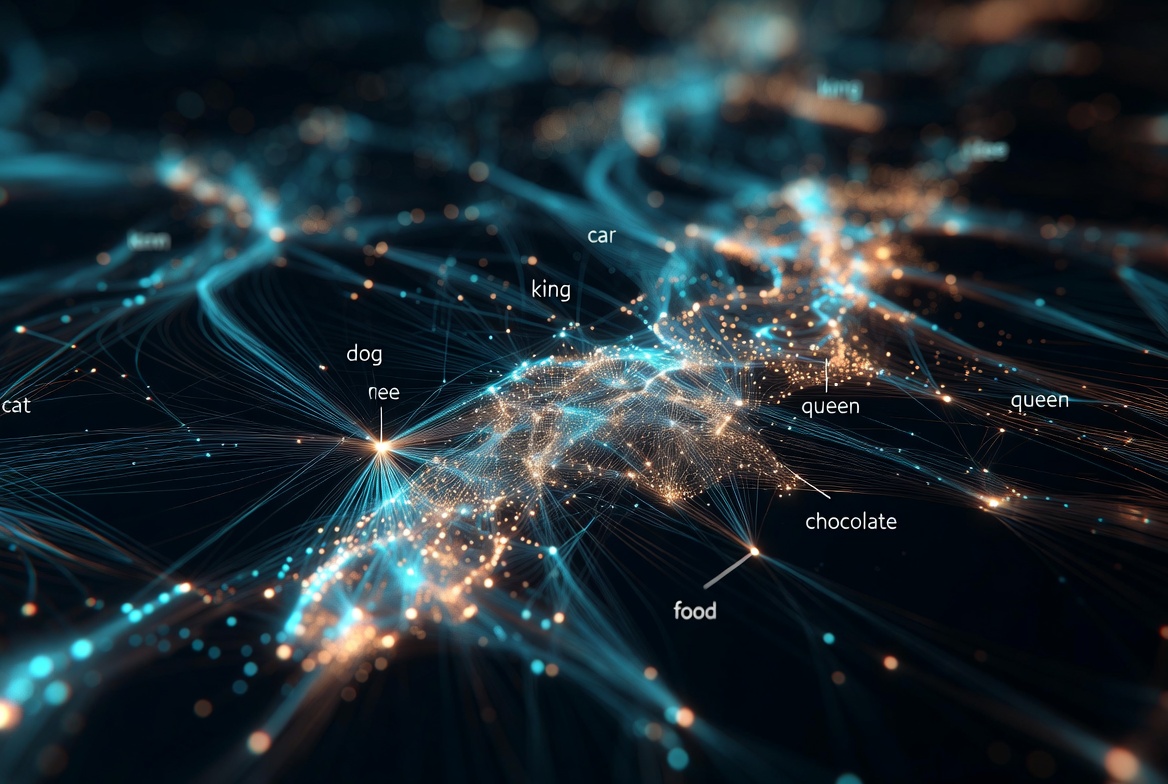How Retrieval-Augmented Generation (RAG) Works
What is RAG? In a world where AI models can process millions of tokens in a single context window, does Retrieval-Augmented Generation (RAG) still matter? Yes — and here's why it's more essential than ever.

As engineers, we understand the power and limitations of Large Language Models (LLMs). We’ve seen their remarkable ability to reason and generate text, an ability rooted in the billions of parameters learned during a massive training phase. These parameters allow the model to predict the next token with uncanny accuracy.
However, we also know this "knowledge" is static. An LLM is a snapshot in time, unaware of events after its knowledge cutoff. Its vast internal knowledge, stored implicitly in its weights, can also lead it to "hallucinate"—to generate plausible-sounding but factually incorrect information. For any serious application that relies on proprietary, dynamic, or verifiable information, asking the model to answer from its own memory is a non-starter.
This is the problem that Retrieval-Augmented Generation (RAG) is designed to solve. RAG is not a type of model; it is an architectural pattern—a clever engineering solution that transforms a generalist LLM into a domain-specific expert by grounding it in factual, external knowledge.
This guide will dissect the RAG pipeline, explaining how it works, why it's necessary, and how it leverages the core concepts of the Transformer architecture to deliver reliable and accurate results.
The Core Philosophy: Separating Knowledge from Reasoning
The fundamental insight behind RAG is the separation of concerns. An LLM is exceptionally good at two things:
- Understanding Language: Deconstructing a user's query into a rich, contextual meaning.
- Reasoning & Synthesis: Taking a set of given facts and formulating a coherent, human-readable answer.
An LLM is NOT a database. Its parameters are a compressed, lossy representation of its training data, not a high-fidelity storage system.
RAG leverages the LLM for what it's good at (language and reasoning) and offloads the task of knowledge storage to a system that is designed for it: an external database.
The LLM becomes a brilliant librarian with access to a perfect library, rather than a specialist student who must rely on fallible memory.
The RAG Pipeline: A Two-Act Play
A RAG system operates in two distinct phases: an offline indexing phase and an online retrieval/generation phase.
Act 1: The Offline Indexing Pipeline (Building the Library)
The goal of this one-time (or periodic) process is to convert your corpus of documents into a searchable, machine-readable format.
-
Load & Chunk: The pipeline begins by ingesting your source documents (e.g., PDFs, docx files, company wikis, product documentation). Because LLMs have a finite context window, these documents are broken down into smaller, manageable chunks. A chunk might be a single paragraph or a few thematically related paragraphs. This ensures that the information retrieved is dense and relevant.
-
Embedding: This is the heart of the indexing process. Each text chunk is converted into a high-dimensional vector. This is achieved using a specialized Embedding Model (e.g.,
BAAI/bge-base-en-v1.5), which is a Transformer-based model trained specifically for this task. -
Storing (Indexing): These "paragraph vectors" are then loaded into a specialized Vector Database (e.g., ChromaDB, Pinecone, Weaviate). This database is optimized for a single task: given a new query vector, find the vectors in its index that are geometrically closest to it with extreme speed. This is known as Approximate Nearest Neighbor (ANN) search. The database stores both the vector and a reference back to the original text chunk.
At the end of this process, you have a fully indexed, searchable library of your company's knowledge, where every piece of information is organized by its semantic meaning.
Act 2: The Online Inference Pipeline (Answering a Question)
This is what happens in real-time every time a user submits a query.
-
Embed the Query: The user's query (e.g., "What is the superheat target for a hunting TXV?") is passed through the exact same Embedding Model used in the indexing phase. This converts the user's question into a query vector in the same semantic space as your documents.
-
Retrieve Relevant Context: The query vector is sent to the Vector Database. The database performs an ANN search and returns the top-k (e.g., top 3 or 5) most similar document vectors. Crucially, it also returns the original text chunks associated with those vectors. These chunks are your "context."
-
Augment the Prompt: This is the "Augmented" part of RAG. Your application now constructs a detailed prompt for the LLM. This is not just the user's raw query. It's a carefully engineered template that includes the retrieved context.
yamlCONTEXT: [Chunk 1 Text: "Troubleshooting TXV Hunting: ...the target superheat is 8-12°F..."] [Chunk 2 Text: "Superheat Measurement Procedure: Ensure the system has run for 15 minutes..."] INSTRUCTIONS: Using ONLY the context provided above, answer the user's question. USER'S QUESTION: What is the superheat target for a hunting TXV? -
Generate the Response: This final, augmented prompt is sent to your chosen LLM (e.g., Claude 3 Sonnet). The LLM now performs its standard inference pipeline.
The final output is a reliable, fact-based answer that is directly grounded in the source documents.
RAG vs. Fine-Tuning: The Right Tool for the Job
It's crucial to understand that RAG and Fine-Tuning are not competing; they are complementary tools for different jobs.
Task | Recommended Method | Why? |
|---|---|---|
Answering questions from specific, factual documents. | RAG | Provides up-to-date, verifiable answers and drastically reduces hallucinations. Knowledge can be updated easily by changing the database. |
Adopting a specific persona, style, or tone. | Fine-Tuning (LoRA) | Fine-tuning excels at teaching the model how to behave. It adjusts the internal weights to make the model's output feel like a senior technician, a witty marketer, etc. |
Learning complex reasoning patterns not in the base model. | Fine-Tuning | If your domain requires a new way of thinking (e.g., reasoning over legal precedent), fine-tuning can teach the model this new skill. |
The most powerful systems often use both: RAG to provide the facts, and a light LoRA fine-tune to provide the personality.
Conclusion
RAG is more than just a technique; it's an engineering paradigm. It allows us, as software engineers, to build powerful and reliable AI systems by leveraging the strengths of LLMs while mitigating their weaknesses. By offloading knowledge to a robust, external system and using the LLM as a powerful reasoning engine, RAG provides a clear path to building applications that are not only intelligent but also trustworthy, verifiable, and up-to-date. It is the foundational architecture for the current generation of enterprise-grade AI assistants.

